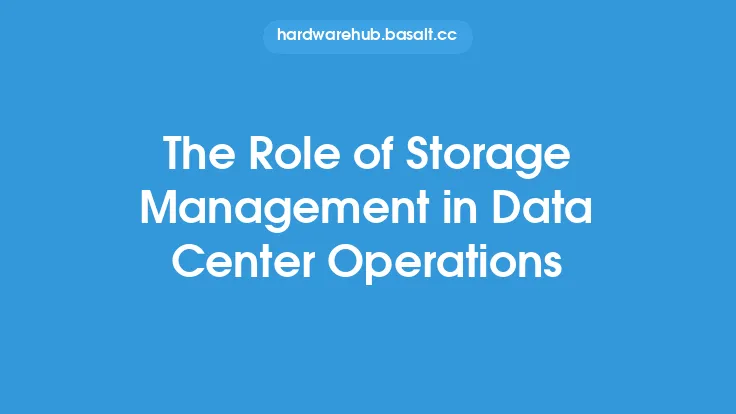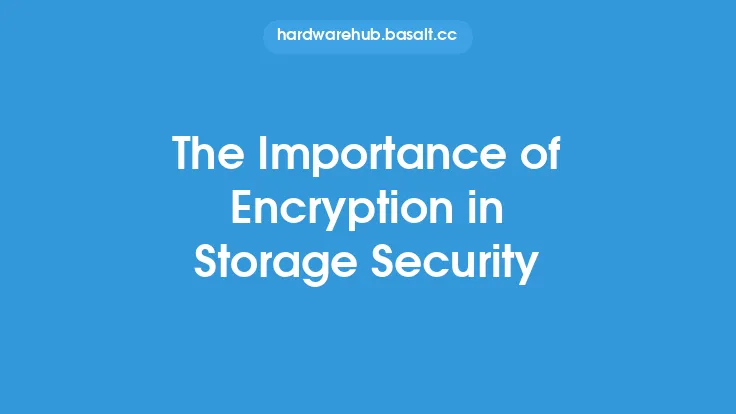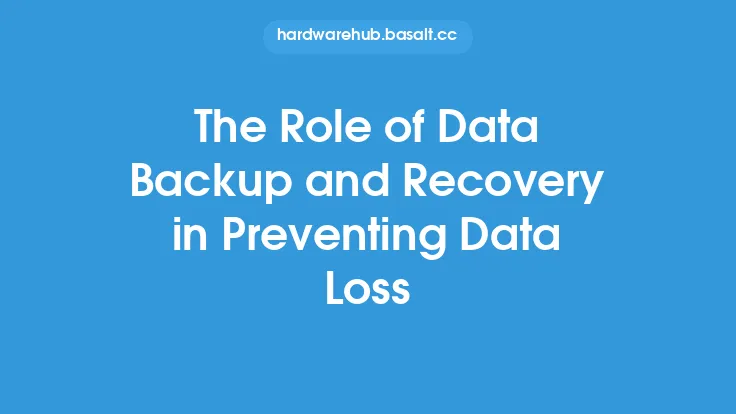Access control is a critical component of storage security, as it ensures that only authorized individuals or systems can access, modify, or delete sensitive data. In the context of storage security, access control refers to the mechanisms and policies that govern who can access, read, write, or execute data stored on a device or system. Effective access control is essential to prevent unauthorized access, data breaches, and other security threats.
Types of Access Control
There are several types of access control that can be implemented in storage security, including:
- Mandatory Access Control (MAC): This type of access control is based on a set of rules that are enforced by the operating system or storage device. MAC ensures that access to data is granted or denied based on the sensitivity level of the data and the clearance level of the user.
- Discretionary Access Control (DAC): This type of access control is based on the discretion of the owner of the data. DAC allows the owner to specify who can access, modify, or delete the data.
- Role-Based Access Control (RBAC): This type of access control is based on the role or function of the user within an organization. RBAC ensures that access to data is granted or denied based on the user's role and the permissions associated with that role.
- Attribute-Based Access Control (ABAC): This type of access control is based on a set of attributes or characteristics associated with the user, the data, and the environment. ABAC ensures that access to data is granted or denied based on a complex set of rules and policies.
Access Control Mechanisms
Access control mechanisms are the technical implementations of access control policies. These mechanisms can include:
- Authentication: This mechanism verifies the identity of the user or system attempting to access the data. Common authentication mechanisms include passwords, biometric authentication, and smart cards.
- Authorization: This mechanism determines whether the authenticated user or system has the necessary permissions to access the data. Authorization mechanisms can include access control lists (ACLs), group policies, and role-based access control.
- Encryption: This mechanism protects data from unauthorized access by encrypting it with a key or password. Encryption mechanisms can include symmetric key encryption, asymmetric key encryption, and hash functions.
- Access control lists (ACLs): These are lists of permissions associated with a file or directory. ACLs specify who can read, write, or execute the file or directory.
Implementing Access Control in Storage Security
Implementing access control in storage security requires a comprehensive approach that includes:
- Conducting a risk assessment to identify potential security threats and vulnerabilities
- Developing and implementing access control policies and procedures
- Configuring access control mechanisms, such as authentication, authorization, and encryption
- Monitoring and auditing access control mechanisms to ensure they are functioning correctly
- Providing training and awareness programs to ensure that users understand access control policies and procedures
- Continuously reviewing and updating access control mechanisms to ensure they remain effective and relevant
Technical Implementation
The technical implementation of access control in storage security can vary depending on the specific storage device or system. For example:
- In a network-attached storage (NAS) device, access control can be implemented using protocols such as SMB (Server Message Block) or NFS (Network File System).
- In a storage area network (SAN), access control can be implemented using protocols such as Fibre Channel or iSCSI.
- In a cloud storage system, access control can be implemented using APIs (Application Programming Interfaces) or web-based interfaces.
- In a database management system, access control can be implemented using SQL (Structured Query Language) or other database query languages.
Best Practices
Best practices for implementing access control in storage security include:
- Implementing least privilege access, which ensures that users have only the necessary permissions to perform their jobs
- Using strong authentication mechanisms, such as multi-factor authentication
- Encrypting sensitive data both in transit and at rest
- Regularly monitoring and auditing access control mechanisms to ensure they are functioning correctly
- Providing training and awareness programs to ensure that users understand access control policies and procedures
- Continuously reviewing and updating access control mechanisms to ensure they remain effective and relevant
Conclusion
In conclusion, access control is a critical component of storage security that ensures only authorized individuals or systems can access, modify, or delete sensitive data. Effective access control requires a comprehensive approach that includes conducting a risk assessment, developing and implementing access control policies and procedures, configuring access control mechanisms, monitoring and auditing access control mechanisms, and providing training and awareness programs. By following best practices and staying informed about emerging trends and technologies, organizations can ensure the security and integrity of their data.





